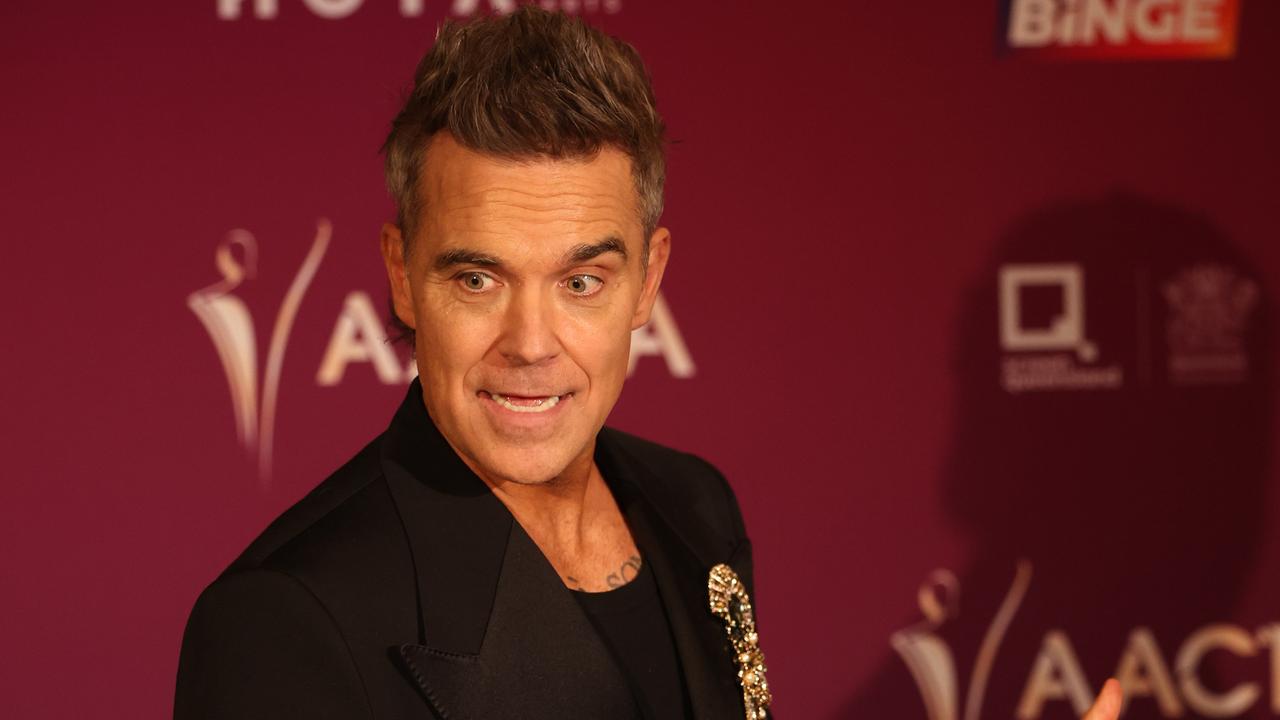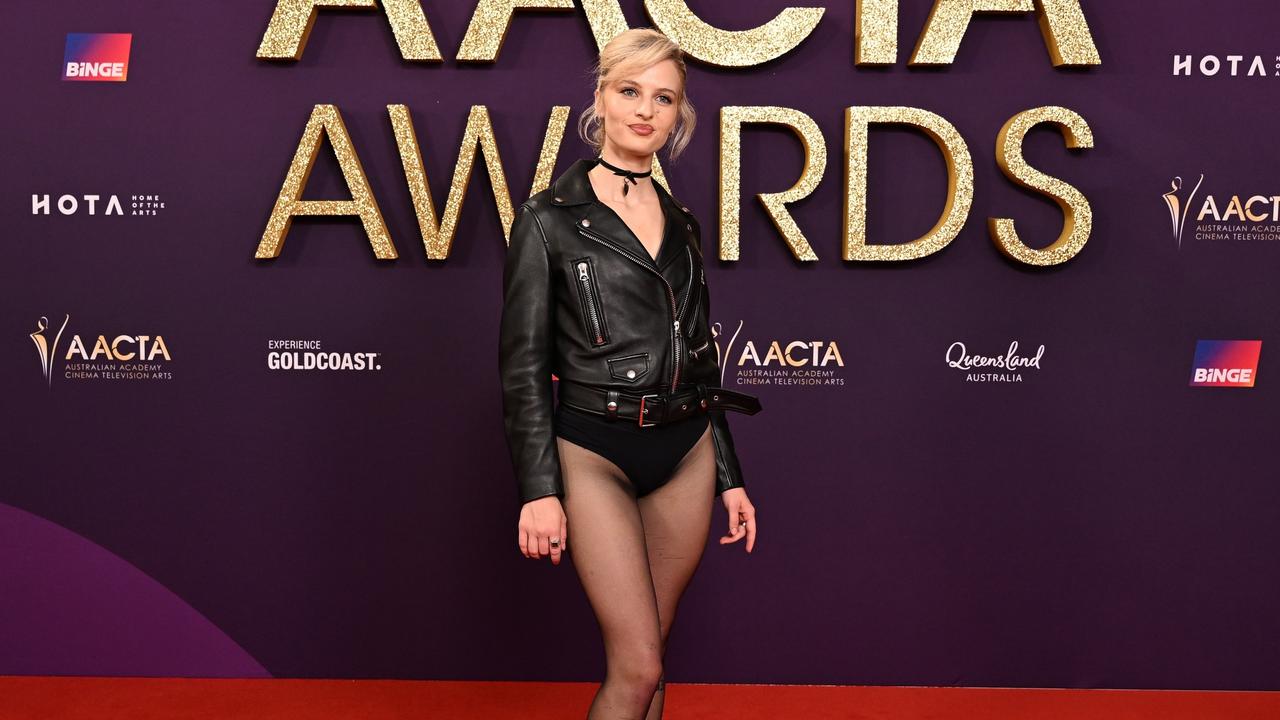Bold plan for Brisbane’s Inner City Bypass to be covered by gardens
A landmark vision for Brisbane could see a lush green corridor stretching across the city that would rival New York’s High Line. SEE THE BOLD PLANS.

QLD News
Don't miss out on the headlines from QLD News. Followed categories will be added to My News.
Brisbane would have a 15km green corridor through the heart of the city to rival New York’s High Line with a section of the Inner City Bypass to be covered by tranquil gardens and parks under a bold plan to cement our Olympic legacy.
Leading Brisbane architect Peter Edwards has met with Deputy Premier Steven Miles to outline a landmark vision for the looming Games, including a global home of swimming and the relocation of the highly-anticipated Brisbane Live venue to the Victoria Park corridor.
Covering part of the Inner City Bypass would also create hectares of open space to create a “green lung” to rival New York’s High Line, the series of parks created in the Big Apple from abandoned elevated train lines.
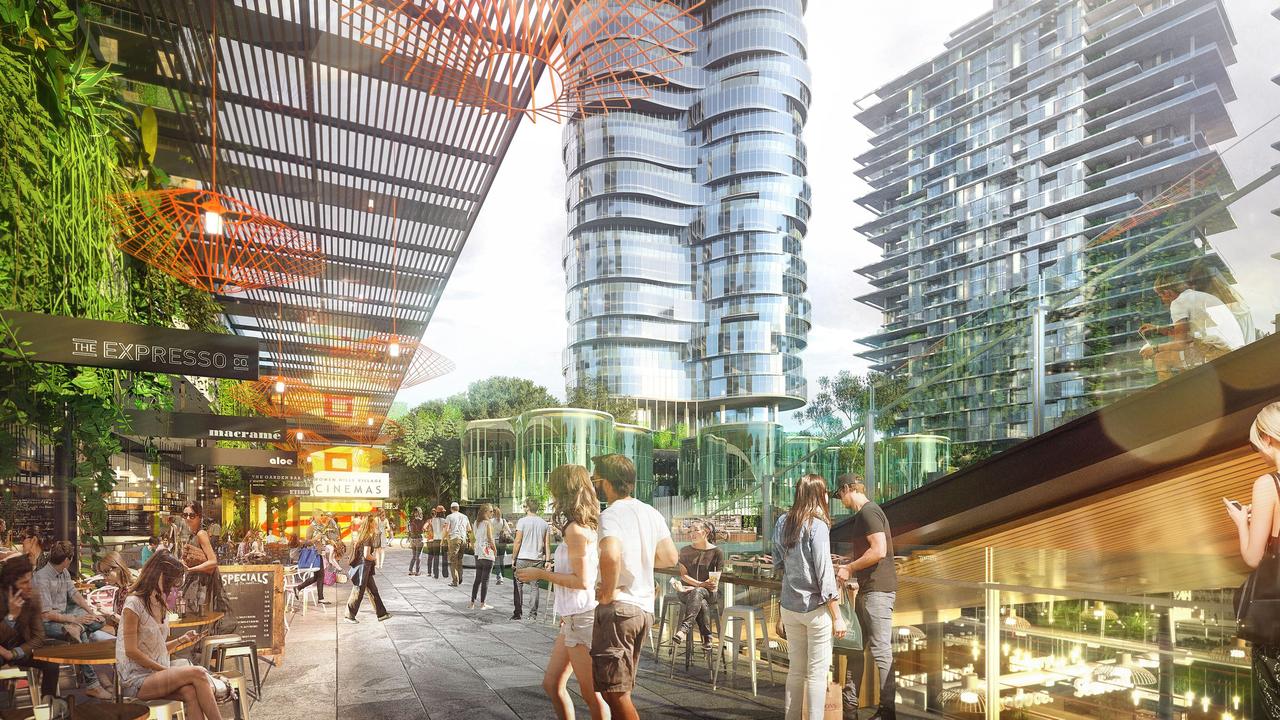
Mr Edwards, who worked closely on the athletes village for the Gold Coast’s Commonwealth Games, wants Brisbane’s Games Village re-imagined to create a “globally significant knowledge precinct” and an inner city residential community with its own postcode as well a destination arts and tropical forests to rival Singapore’s Gardens by the Bay.
He said the Olympics was Brisbane’s chance to think big to deliver a visionary legacy.
“Why not seize this opportunity to create a visionary plan for Brisbane 2.0 and use the Olympic moment to catapult us forward towards this possible future?” he said.
“We have the opportunity to create an integrated, compelling and internationally significant knowledge economy capital for the southern hemisphere.”
He said a ‘Green Line’ of lush gardens and pedestrian boulevards stretching from the University of Queensland at St Lucia to Bowen Hills and the North Shore would be an incredible legacy for the future in the way South Bank was the love child of Expo 88.
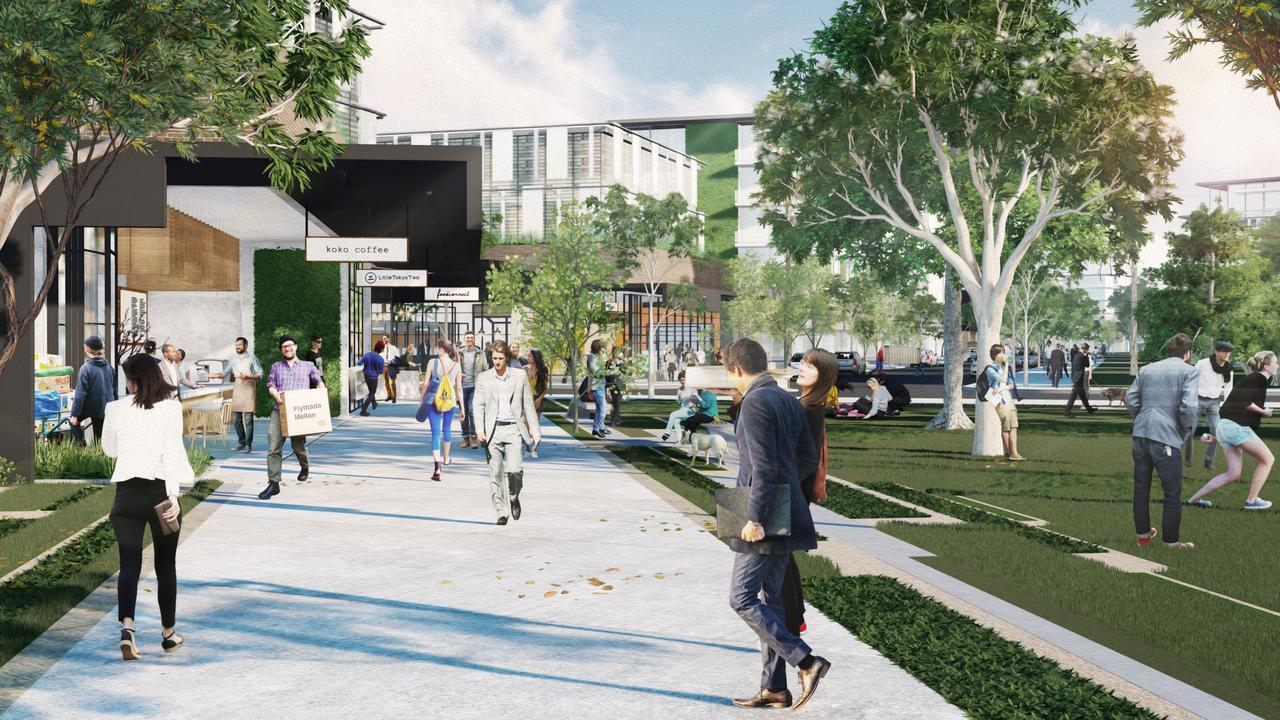
Covering the section of Inner City Bypass adjacent to Victoria Park would add hectares of open space to the precinct, creating an urban green lung the envy of the developed world.
“Learning from our near neighbours like Singapore who repositioned their city using a significant urban garden to become the global capital of tropical botanica we too
could create a significant inner urban garden and claim the title of the global capital of
subtropical botanica.”
“Looking at project like the High Line in New York we can learn of the enormous
economic dividend of a strong and compelling corridor that connects the city in new and exciting ways.
We could strengthen and expand this corridor and link together these development precincts with our own ‘Green Line’.”
He said the green corridor would be a haven for pedestrians, cyclists and environmentally-friendly transport such as e-scooters and bikes.
Under the detailed dossier delivered as part of Queensland’s winning pitch for the 2032 Games, Olympic stadiums and supporting infrastructure have already been provisionally allocated, but more than a decade out from the Greatest Show on Earth, there is still time to modify arrangements should new options emerge.
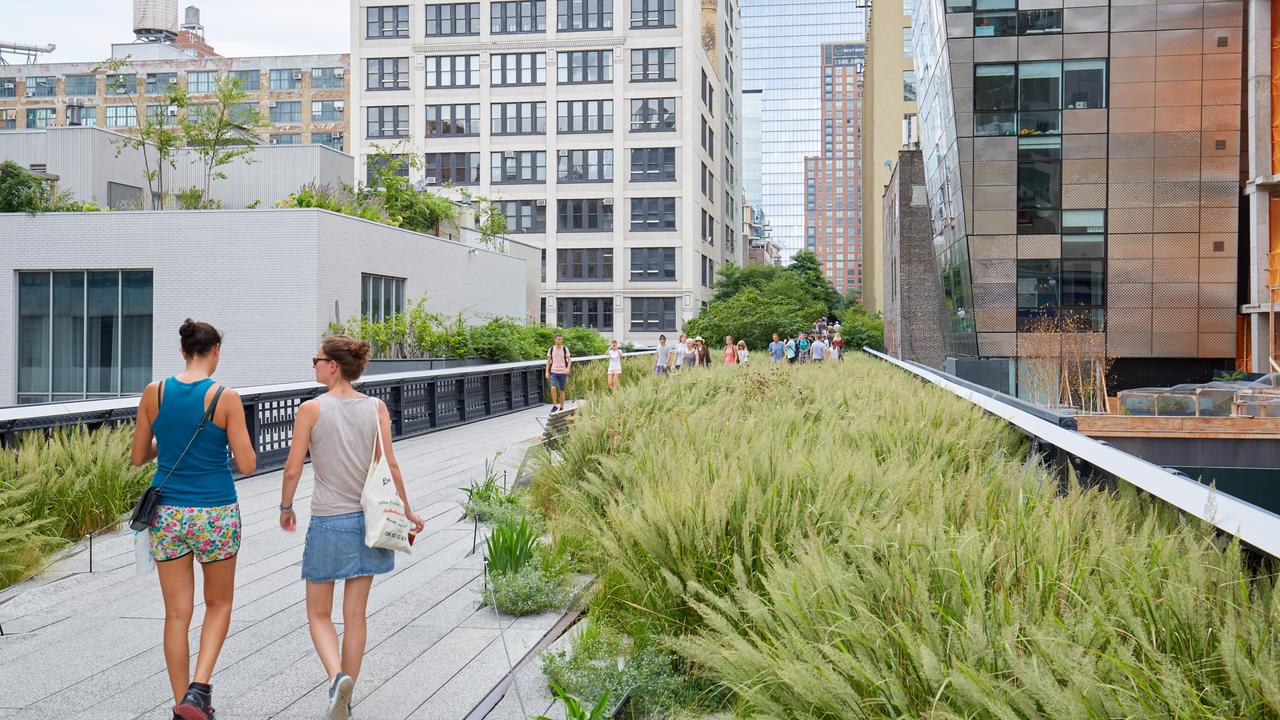
Victoria Park is already earmarked for freestyle BMX and cross-country equestrian but Mr Edwards believes Brisbane Live, destined to rise above the redeveloped Roma Street Station could instead be relocated to the Victoria Park corridor where the existing Centenary Pool would also be a prime candidate as an Olympic venue for swimming.
A temporary pool inside Brisbane Live has been proposed as the home of swimming for the 2032 Games, but Mr Edwards said revamping the Centenary Pool would leave a lasting legacy for generations.
“It would be using the Olympic moment to establish a global headquarters for world swimming,” he said.
“We could deliver one of the truly great venues for swimming in the world and that would be a fantastic legacy.”
Comparing Brisbane to Melbourne at the time it hosted the 2006 Commonwealth Games, Mr Edwards said Brisbane’s population boom over the next decade meant another major sports stadium was a no-brainer, despite only Suncorp Stadium and a revamped 50,000-seat Gabba featuring in the Olympic blueprint.
“The current strategic plan for our stadium infrastructure suggests we have what we need for the foreseeable future (but) we do not,” he said.
“Brisbane at 2032 will have a population of 4 million people – the same as Melbourne in 2006, (so) is the proposition that Brisbane will be a city of only two stadiums?
“We are already coming up short in terms of participating in the global events ecosystem and need significant investment to improve the total offer of our city for the whole economy to benefit.”





